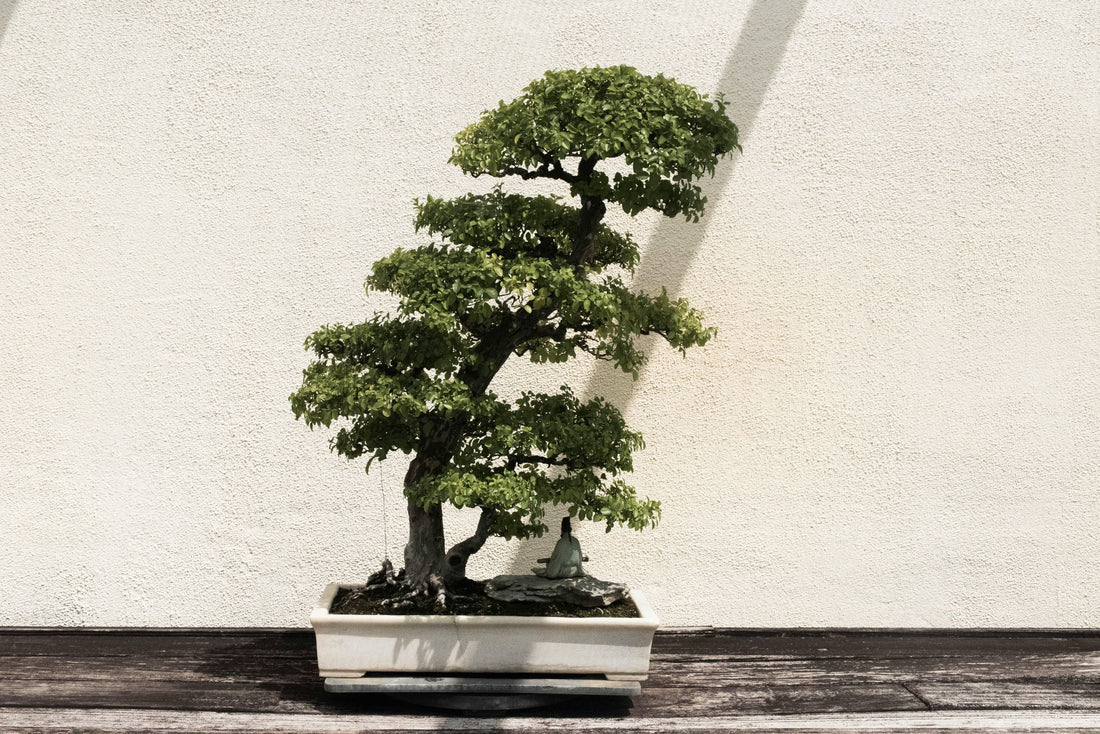
The Perfect Base for Your Bonsai: Bonsai Potting Soil
Share
It is important to choose the right potting soil for your plants, especially when it comes to bonsai. These beautiful miniature trees require special attention, and the right soil is essential for their growth and well-being. That is why I am so enthusiastic about Pokon Potgrond Bonsai.
This potting soil offers exactly what your bonsai needs: a fine structure and a perfect balance of nutrients. Bonsai have unique root structures that require strong, yet delicate support, and this soil meets that requirement perfectly. With ingredients such as peat litter, clay, vulka, and lime, this potting soil creates a solid base in which your bonsai can grow and flourish.
The great thing about this potting soil is that it is not only suitable for seasoned bonsai enthusiasts, but also for beginners. With nutrition that is sufficient for 60 days, you do not have to worry about additional fertilization for the first few months. This makes the care process a lot easier and more pleasant.
To use them properly I recommend the following rhythm:
- Monday: Check the soil moisture and water as needed. Use a moisture meter to determine if the soil is almost dry.
- Wednesday: Lightly mist the leaves with a plant sprayer to increase humidity, especially in dry seasons.
- Friday: Inspect the bonsai for new growth and prune gently with bonsai pruning shears to maintain the desired shape.
- Sunday: Do not move the bonsai, but if necessary turn the pot a little for an even distribution of light.
For the seasonal changes, here are some tips:
- Summer: Provide plenty of indirect light, but avoid direct sunlight which can damage the leaves.
- Winter: Place your bonsai in a place where the temperature remains stable and avoid draughty areas.
- Autumn: Prepare your bonsai for winter by watering less and pruning only when necessary.
- Spring: This is the ideal time to repot your bonsai with fresh Pokon Potting Soil Bonsai and to fertilize it if necessary.
My user advice: Place your bonsai in a quiet place where it can enjoy indirect light and a stable environment. Avoid places with a lot of movement, such as near doors or windows that open and close often.
